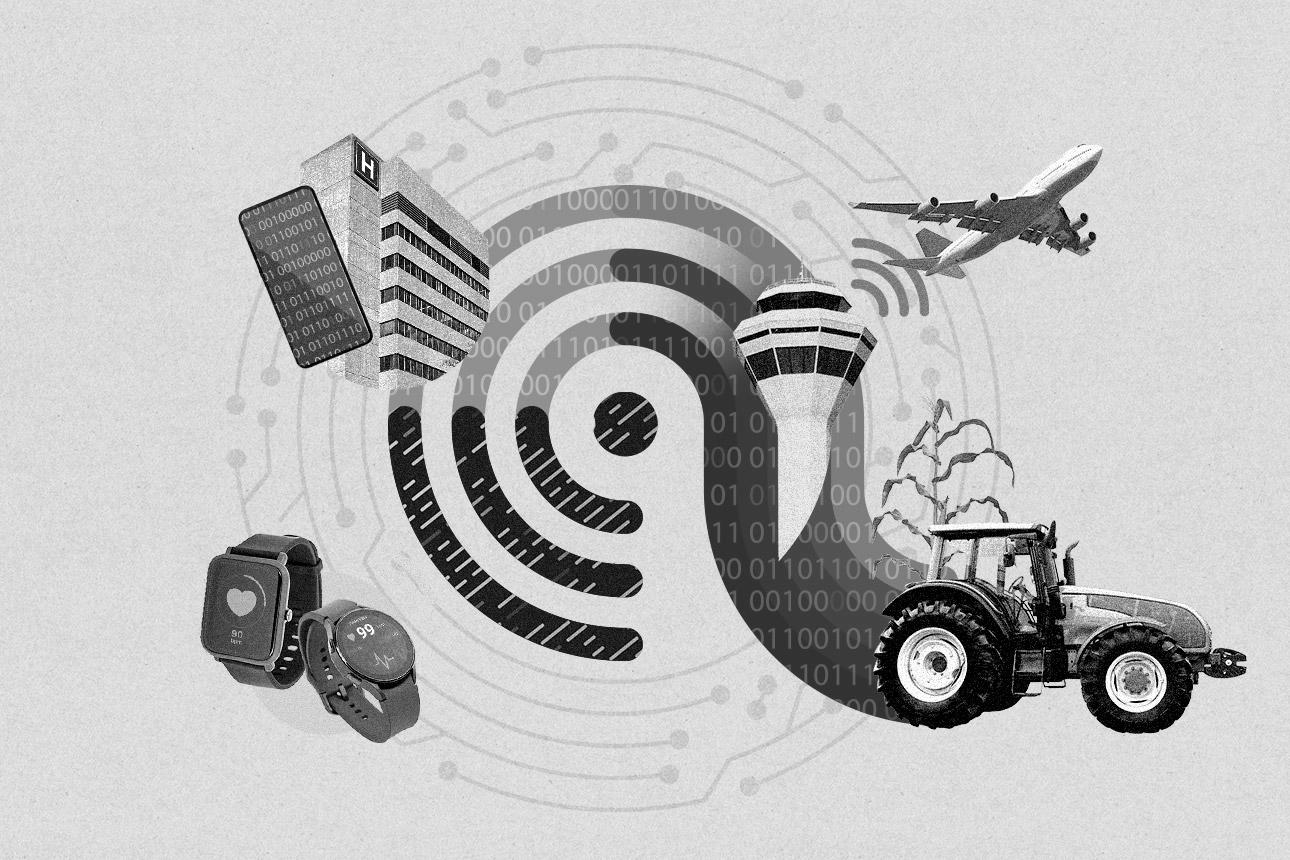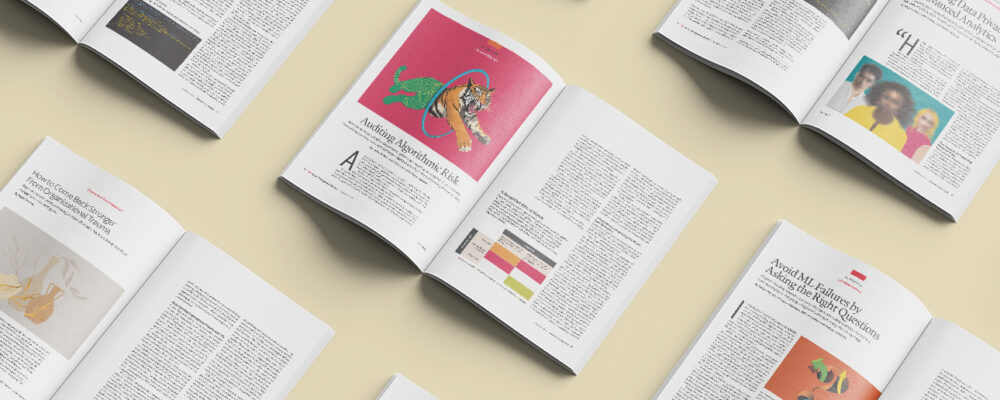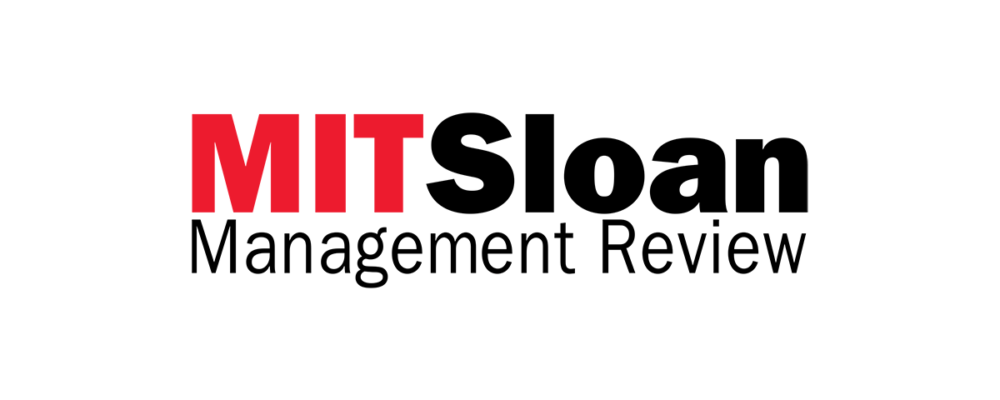Explore six steps for using AI with external partners in new ways to drive product and business model innovations.
Carolyn Geason-Beissel/MIT SMR | Getty Images
In a time of constant change and evolving customer expectations, the ability to innovate quickly is no longer an option but a strategic necessity. Innovation is driven by creativity — the ability to envision solutions that are novel and useful — and many companies are finding that they come up with breakthrough ideas more effectively and rapidly by working with partners outside of their own organizations.
We are seeing a degree of partnering among organizations, including competitors, as never before. And we are seeing artificial intelligence unlock unprecedented levels of creativity, not just in what these partnerships produce but in how these businesses collaborate.
Our research — including our books Artificial Intelligence for Business Creativity (edited by Pagani with Renaud Champion) and All-In on AI (written by Davenport and Nitin Mittal) — examines how companies are using AI, both generative and analytical, as a catalyst for new ways to work together. These companies are going beyond using AI in ways we might now think of as typical, such as gaining deeper insights from data analysis, automating routine tasks, and accurately forecasting trends. Drawing on an analysis of over a thousand AI systems in practical application, as well as in-depth discussions with industry leaders, below we highlight AI’s pivotal role in fostering novel collaborations and driving organizational transformation.
Get Updates on Leading With AI and Data
Get monthly insights on how artificial intelligence impacts your organization and what it means for your company and customers.
Please enter a valid email address
Thank you for signing up
Types of AI-Driven Partnerships
AI-driven alliances come in many flavors. They can be classified based on the number of partners involved or by the nature of the relationship.
Bilateral organizational collaborations involve two partners. These partnerships leverage complementary strengths, even when integration complexities are a challenge. AI-driven ecosystems involve three or more partners working to create a network of AI-driven solutions. The key benefits of these partnerships are shared knowledge and resources; the challenges are coordinating multiple stakeholders and data integration.
Collaborations can also be categorized based on the nature of the relationship. Service-oriented vendor relationships aim to enhance productivity and accelerate AI-powered innovations at scale. Research consortia create hubs of AI research and education that support national AI goals. They often address the challenges of aligning research and commercial interests through government-industry-university partnerships. Data-centric networks focus on sharing data across organizations and analyzing it with AI, specifically to address the increasing data demands of AI-driven enterprises.
Reprint #:
“The MIT Sloan Management Review is a research-based magazine and digital platform for business executives published at the MIT Sloan School of Management.”
Please visit the firm link to site






